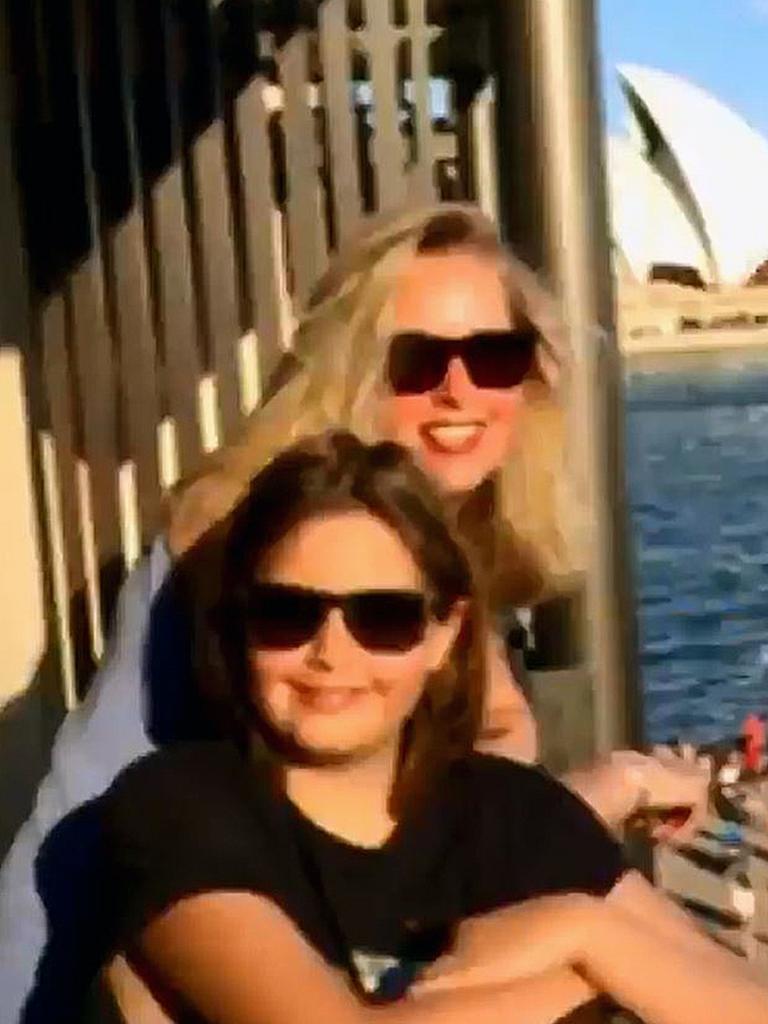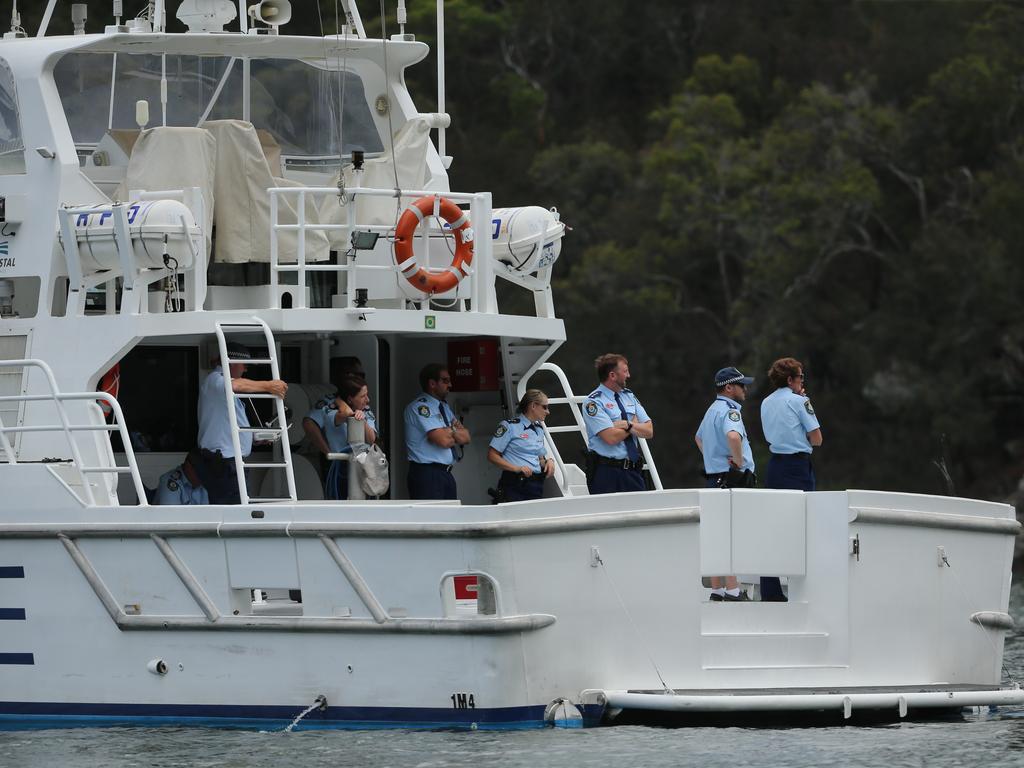Cause of fatal 2017 Sydney Seaplanes crash revealed in final report
A final report into a shocking plane crash that claimed the lives of six people in 2017 has been released.

Toxic gas slowly filling the cabin of a seaplane flying over a river in Sydney’s north was the likely cause of a tragic crash that killed six people, a final report into the incident has found.
Gareth Morgan was carrying five passengers on the Sydney Seaplanes DHC-2 Beaver when it took off at Cottage Point and crashed in Jerusalem Bay, in the Ku-ring-gai National Park, on New Year’s Eve in 2017.
Elevated levels of carbon monoxide seeping into the plane left him confused, disoriented and unable to safely fly the aircraft, the Australian Transport Safety Bureau has ruled.
On board the flight bound for Rose Bay was the chief executive of catering giant Compass, Richard Cousins, his sons Edward and William, fiancee Emma Bowden and her 11-year-old daughter Heather.



The plane made a sharp right turn and nosedived into the Hawkesbury River shortly after take off, killing everyone on board.
On Friday, the ATSB released its final report into the crash.
It found some aspects of the crash were “unexpected” given Mr Morgan’s experience as a pilot, including the decision to fly into Jerusalem Bay when there was no need to.
Toxicology results identified that he and the passengers had higher than normal levels of carboxyhaemoglobin in their blood.
“This was almost certainly due to elevated levels of carbon monoxide in the aircraft cabin,” the report states.

An examination of the wreckage established several pre-existing cracks in the plane’s exhaust ring “very likely” released gas into the engine bay, which then entered the cabin through holes where missing bolts should have been.
“A 27 minute taxi, with the pilot’s door ajar, before the passengers boarded likely exacerbated the pilot’s elevated carboxyhaemoglobin level,” the report states.
“As a result, the pilot would have almost certainly experienced effects such as confusion, visual disturbance and disorientation.
“Consequently, it was likely that this significantly degraded the pilot‘s ability to safely operate the aircraft.”
The plane’s CO chemical spot detector was likely not effective due to sun bleaching, the report also concluded.

ATSB Chief Commissioner Greg Hood said the investigation highlighted the “insidious danger” of carbon monoxide exposure.
“This investigation report release will bring the families of those lost in this tragic accident a greater sense of understanding of the circumstances of the loss of their loved ones,” he said.
The findings were foreshadowed in an earlier report released in July 2020.
In a statement Sydney Seaplanes said it had “placed our trust” in upkeep of its planes in a maintenance company which had been “one of the most respected and experienced” of its kind in the country.
“Our thoughts, as always, are with the families of the people who lost their lives in this tragic accident and we hope the clear findings in this report can provide them with some form of closure,” a spokesman said.
The ATSB has recommended the Civil Aviation Safety Authority mandate the carriage of active warning CO detectors in piston-engine aircraft, particularly those that carry passengers.
In December 2019 the father of the girl killed in the crash, Heather, launched legal proceedings against Sydney Seaplanes in the NSW Supreme Court.
The matter remains before the courts.




